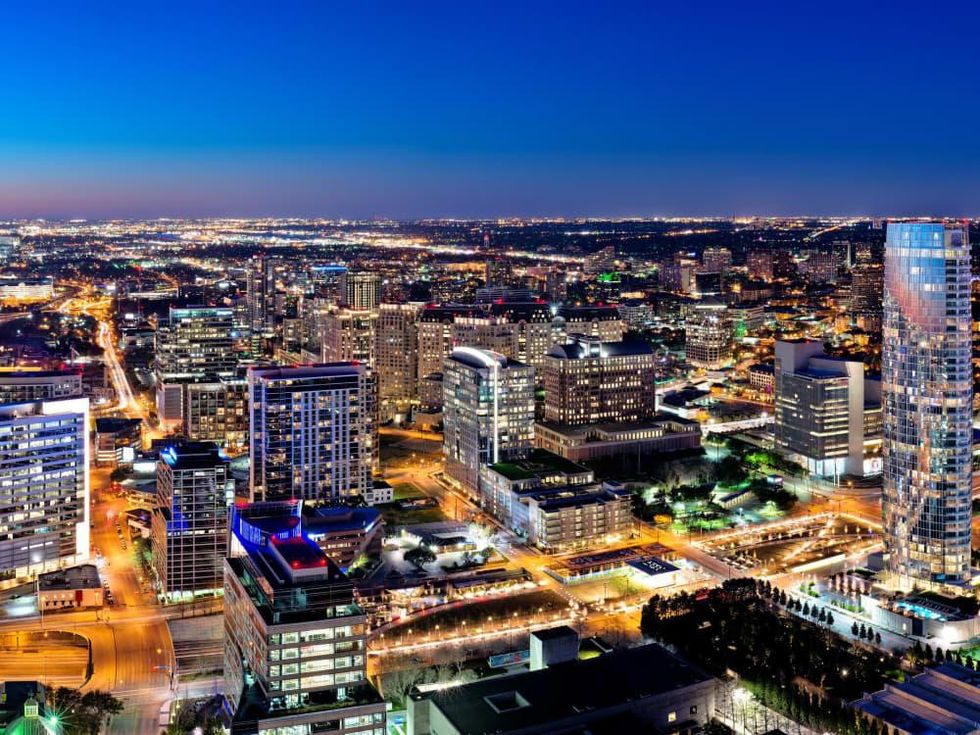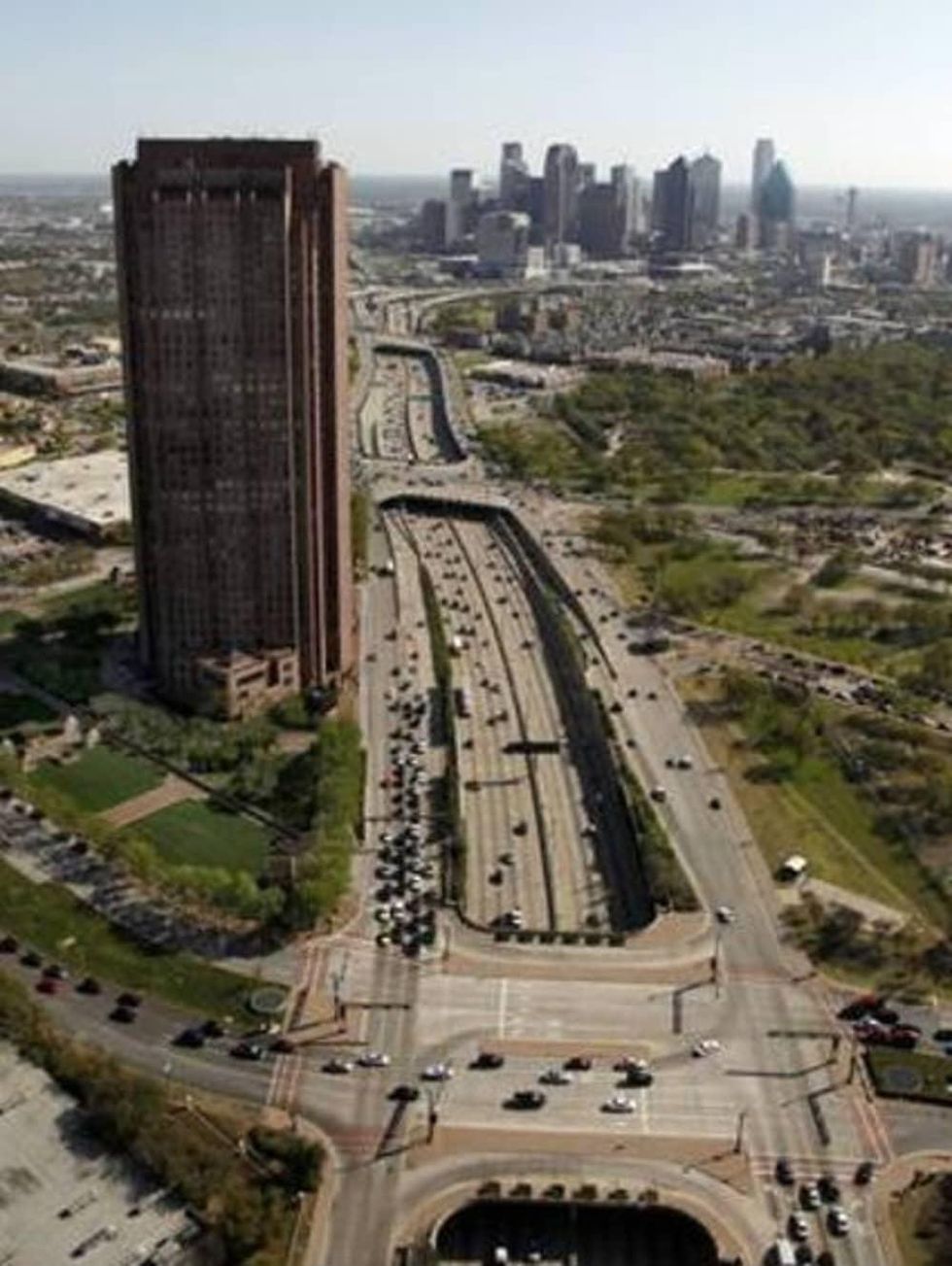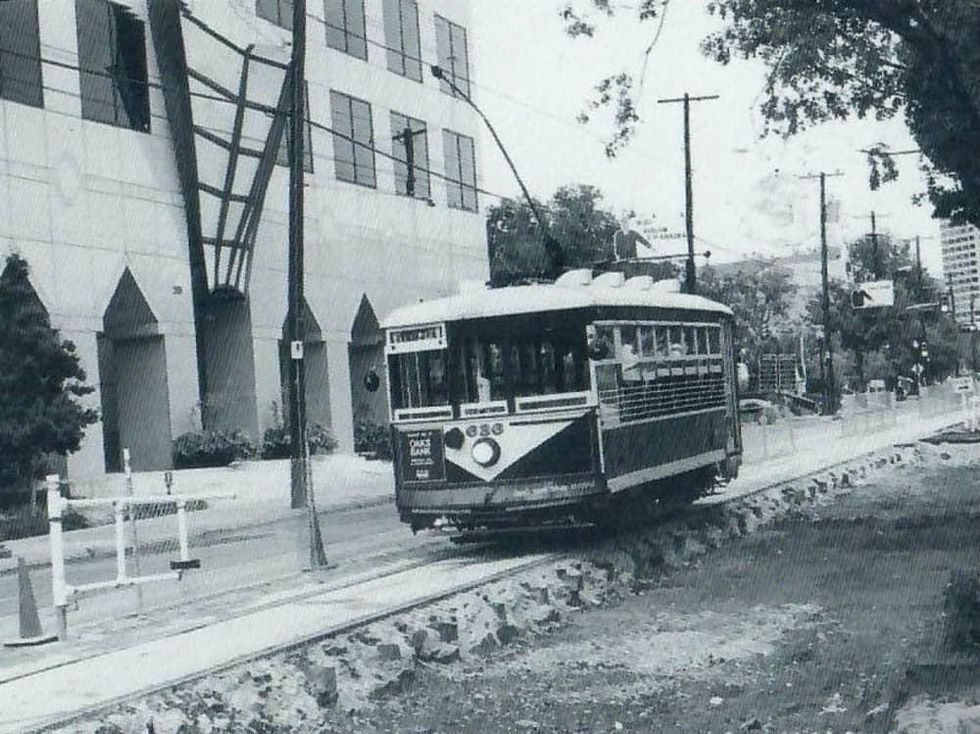UDI PID FTW
Get a historical glimpse at Uptown Dallas through the years
Though the Dallas neighborhood known as Uptown has been around for approximately 130 years, the public improvement district, or PID, that manages it is much newer. Founded in 1993, Uptown Dallas Inc. does everything from handling public safety and security to enhancing the area through public art, improved infrastructure, and even the planting of 30,000 flowers each year.
These improvements are the driving force behind Uptown's booming success — did you know it has the highest office rents and occupancies in the city, and is one of the best multi-family markets in the region?
As UDI turns 25, let's take a look back at Uptown's history and its incredible growth through the years.
Where is Uptown, exactly?
Uptown is adjacent to and north of downtown Dallas, and is generally bordered by US-75 (Central Expressway) on the east, one block north of Blackburn Street on the northeast, Katy Trail on the northwest, Bookhout Street on the west, and Spur 366 (Woodall Rodgers Freeway) on the south.
The promise of the '80s
Uptown wasn't always the happening place it is now. Just three decades ago, the area was in severe decline. However, savvy speculators saw potential in the 1980s for new office developments and bought and cleared a lot of the land. Their hopes turned sour when the real estate market collapsed in the mid-1980s, but the weak market actually created favorable conditions to build new housing.
Columbus Realty Trust (now Post Properties) seized the opportunity and bought eight properties with plans to build apartments, lofts, and townhouses within walking distance of the existing businesses on McKinney Avenue. In 1988, Columbus and others in the area formed a partnership with the City of Dallas to revitalize the area, creating the State-Thomas Tax Increment-Financing (TIF) district, the first TIF in Dallas. With a portion of the area's tax revenues now going toward improving the district's infrastructure, water and sewage systems started getting revamped, utilities were buried, and streets got repaved.
The 1990s building boom
Things really started taking off in 1991, when Columbus built the Meridian on State Street, a 132-unit luxury apartment complex. The Dallas real estate community mocked the Meridian as a folly, but the apartments actually proved there was demand for high-quality city living in Dallas. Within weeks, every unit in the Meridian was leased.
At the beginning of 1991, another large land assembly known as Cityplace was sold. It included 65 acres between US-75 and the MKT railroad track (what is now the northern portion of the Uptown Public Improvement District).
In 1992, the Cityplace Area TIF was created. Though there may have been housing, there was still of lack of basic service retail in the area. Top ways to solve that: Build a grocery store and a Target. The newly created Cityplace shopping center would later include an Office Max, Ross Dress for Less, and a Loews movie theater, while an Albertson's popped up at the corner of Lemmon and McKinney avenues.
That same year, bridges went up across US-75 at Lemmon Avenue and Blackburn Street, new streets were created, overhead utilities were buried, medians were planted, and the McKinney Avenue Trolley was extended. The trolley extension would also later encompass West Village, a 350,000-square-foot mixed-use center that was completed in 2000.
We want in
Other developers, residents, business, and land owners saw the growing popularity of Uptown, and wanted to both enhance and protect the area. Uptown Dallas, Inc. was incorporated on June 24, 1992, with the aim of promoting the area's resources, maintenance, upgrading of infrastructure, and special services.
Uptown today
Now you'll find more than 200 restaurants, 160-plus shops, and a commercial value of $1.6 billion in the Uptown area, with more than 19,000 residents calling the neighborhood home. A whopping 98 percent of the land has been developed, with the combined property tax value resting at $5.5 billion. Of the nearly 592 acres that comprise Uptown, 58 of them are dedicated green space. Keeping all those streets swept and lamps lit is none other than Uptown Dallas, Inc., and it's dedicated to making sure the next 25 years are just as impressive.









